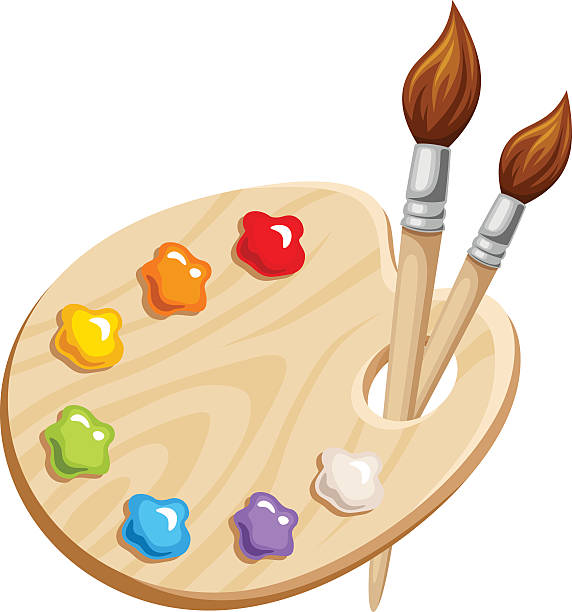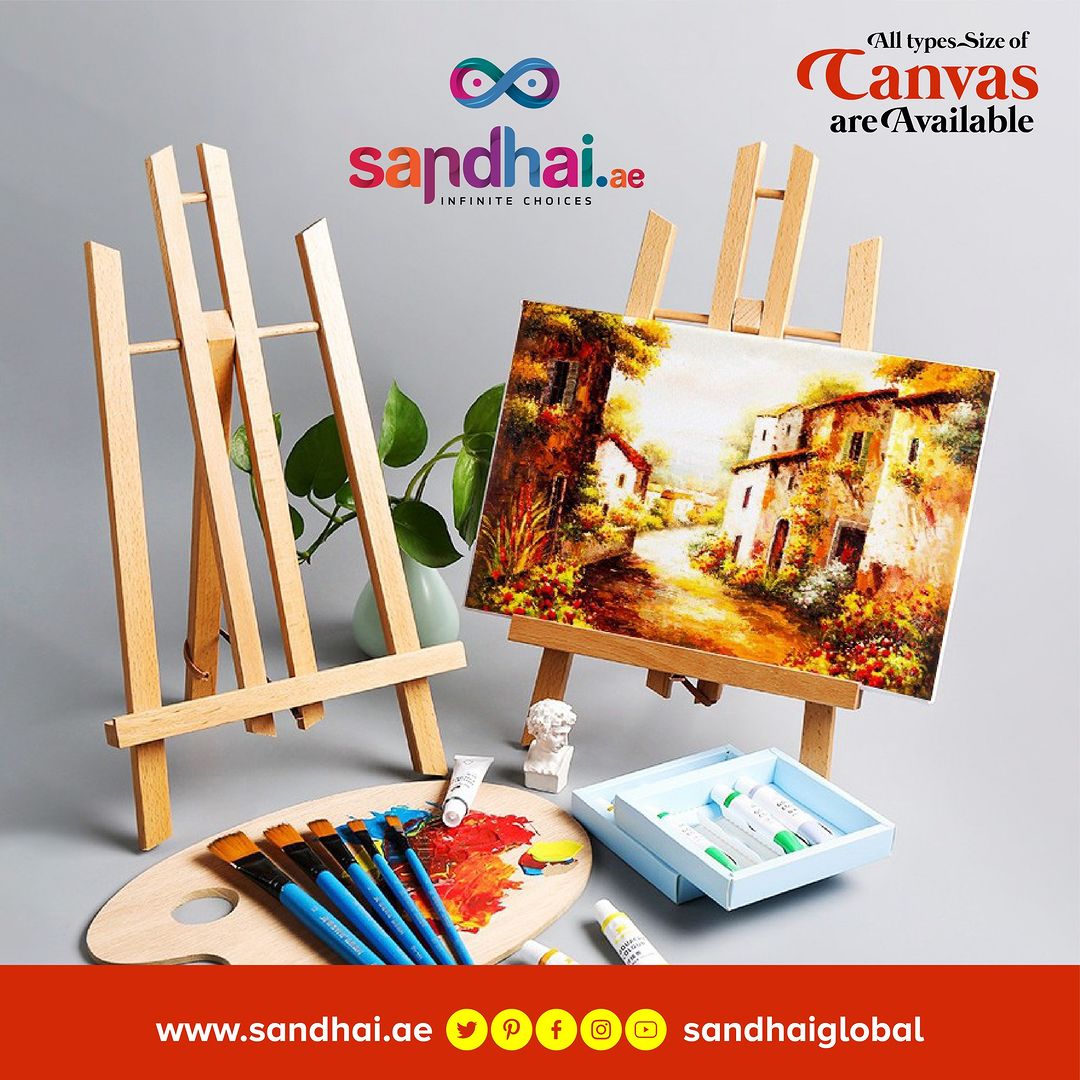Introduction
Creating clay animals is a delightful and creative activity that can bring families together. This step-by-step guide aims to provide you with the necessary knowledge and skills to sculpt various animal figures with your children. By employing simple techniques and using easily accessible materials, you can foster creativity, improve fine motor skills, and enjoy quality bonding time. Let’s dive into the essentials of clay sculpting, explore exciting animal ideas, and learn how to make the most of this artistic endeavor.
Materials Needed
Essential Clay Supplies
Choosing the right type of clay is crucial for your project. There are several types of clay, including air-dry clay, polymer clay, and traditional modeling clay. Air-dry clay is an excellent choice for beginners as it requires no baking and dries naturally, making it easy and safe for kids. Polymer clay, on the other hand, must be baked in an oven but offers a wider range of colors and a more durable finish. Traditional modeling clay is reusable and ideal for temporary projects.
Additionally, consider purchasing non-toxic clay especially designed for children to ensure safety during the sculpting process. Look for options that are free of harmful chemicals and are user-friendly, as this will promote a stress-free and enjoyable activity.
Tools for Sculpting
Having the right tools can significantly enhance your clay sculpting experience. Basic tools include a plastic knife for cutting, a rolling pin for flattening clay, and various sculpting tools or toothpicks for adding intricate details. You can also use simple household items like spoons, cookie cutters, and straws to shape and texture your clay animals. These tools can help expand your creative possibilities and make the sculpting process more efficient and enjoyable.
For more advanced sculpting, consider incorporating specialty tools such as clay extruders and texture stamps. These tools allow you to create complex designs and patterns, making your animal figures even more unique and detailed.
Optional Accessories for Decoration
To personalize your clay animals, additional accessories can be used. Items such as googly eyes, beads, feathers, and sequins can add character and flair to your creations. Paint and glaze are also valuable options for finishing touches, allowing you to enhance colors and protect your sculptures. Furthermore, you can explore using natural materials like twigs, leaves, or pebbles to give your animals a more organic feel, integrating nature into your artistic process.
Basic Clay Techniques
Preparing the Clay
Before you start sculpting, it is essential to prepare the clay appropriately. Begin by kneading the clay in your hands to make it more pliable and easier to mold. This process helps to remove air bubbles and ensures that the clay retains its shape during sculpting. If using air-dry clay, ensure it is stored in an airtight container to prevent it from drying out before use. For polymer clay, ensure that the clay is at room temperature, as cold clay can be stiff and difficult to work with.
Once the clay is soft and workable, you can divide it into portions based on the size of the animals you plan to create. Keeping the portions manageable will make it easier for kids to handle and sculpt without feeling overwhelmed.
Sculpting Shapes and Forms
When starting with clay animals, it’s essential to understand basic shapes. Most animals can be broken down into simple forms like spheres, cylinders, and ovals. For instance, to create a dog, you could start with a large oval for the body, a smaller sphere for the head, and attach smaller shapes for legs and ears. Encourage children to experiment with these shapes, as this will help them develop their sculpting skills.
As you progress with the basic shapes, emphasize the importance of proportions and balance. For example, when crafting a giraffe, the neck should be long and slender compared to the rest of the body. This practice will not only improve your child’s understanding of anatomy but also help them create more realistic animal figures.
Adding Details and Textures
Once the basic forms are in place, it’s time to add details and textures, which bring your clay animals to life. Techniques such as pinching, rolling, and pressing can create features like whiskers, fur, and scales. For instance, use a toothpick to carve fine lines into the clay for fur or scale textures. Encourage your children to observe real animals or refer to pictures as a guide for adding realistic features.
Adding eyes is another crucial step in animating your figures. You can create eyes using small beads, rolled clay balls, or even painted details. The right expression can give your animal character and make it truly unique. Consider using a small brush or your fingers to gently smooth out any rough edges and refine the overall look of the sculpture.
Drying and Finishing Techniques
Once the sculpting is complete, it is important to let the clay animals dry properly. Air-dry clay requires a few hours to a couple of days to fully harden, depending on the thickness of the sculpture. It’s essential to place your pieces in a well-ventilated area, ensuring that the air can circulate evenly around the clay to prevent uneven drying. If you are using polymer clay, follow the manufacturer’s instructions for baking, ensuring that you don’t overheat the clay.
After your sculptures are dry, you can take them a step further by painting or glazing. Acrylic paints work well with most types of clay and can be used to add vibrant colors to your creations. For a glossy finish and added protection, consider applying a clear glaze. Allow the paint or glaze to dry completely before handling the sculptures to avoid smudging.
Creative Animal Ideas
Simple Animals for Beginners
For those new to clay sculpting, starting with simple animal shapes can be incredibly rewarding. Consider creating basic figures like snakes, fish, or turtles, which require minimal detailing and can be made with just a few basic shapes. For example, a snake can be formed by rolling a long cylinder of clay and then adding curves for the body. Children can experiment with colors by mixing different shades or incorporating patterns like stripes or spots.
Other beginner-friendly options include insects, such as ladybugs or butterflies, which can be easily crafted using simple rounded shapes. Using a cookie cutter can help create uniform shapes, making it easier for younger children to engage with the process. This simplicity allows for greater focus on creativity and makes the sculpting experience enjoyable and stress-free.
Intermediate Projects for Enhanced Skills
As children gain confidence and skills, they can progress to intermediate projects, such as creating more detailed animals like cats, dogs, or owls. These projects often require additional techniques, such as combining shapes and adding finer details. For instance, crafting a cat would involve forming a rounded body, triangular ears, and detailed facial features.
Encourage children to experiment with different poses and expressions, as this can lead to a more dynamic figure. Working on these projects together can be a great way to discuss artistic choices, like color selection and texture, encouraging children to think critically about their designs while developing their artistic voice.
Advanced Sculptures for Experienced Crafters
For those who have mastered the basics and are looking for a greater challenge, advanced sculptures can push creativity to new heights. Projects may include crafting large animals, mythical creatures like dragons, or even elaborate scenes with multiple characters. These complex figures often require a deeper understanding of anatomy and proportions, making them a great opportunity for enhancing sculpting skills.
Incorporating mixed media into advanced projects can add a unique touch. For example, combining clay with wire for structural support or using fabric to create clothing for animal figures can lead to striking creations. Encourage children to brainstorm concepts and develop their ideas into detailed plans before beginning sculpting, fostering their creativity and problem-solving abilities.
Incorporating Themes and Stories
Themed projects can add an exciting dimension to the clay sculpting experience. Consider creating animal-themed dioramas based on favorite stories, movies, or imagination. For instance, building a farm scene that includes pigs, cows, and chickens can stimulate imaginative play while reinforcing storytelling skills.
Creating scenes that represent different habitats, such as jungles, oceans, or deserts, can also inspire learning about various animals and their environments. This approach promotes not only creativity but also educational discussions on wildlife and conservation, enriching the overall experience of sculpting together.
Conclusion
Creating clay animals is a wonderful way to bond with your children while fostering creativity and enhancing fine motor skills. With the right materials and techniques, you can embark on an artistic journey that produces delightful and personalized sculptures. From simple figures to complex creations, the possibilities are endless. Engaging in this fun and educational activity together can help build lasting memories and inspire a love for art.
FAQs
What type of clay is best for kids?
Air-dry clay is often recommended for children due to its ease of use and non-toxic properties. Polymer clay is another option but requires adult supervision during the baking process.
How can I help my child improve their sculpting skills?
Encouraging exploration and experimentation is key. Provide guidance on basic shapes and techniques while allowing them to express their creativity freely. Reference real animals or pictures for inspiration.
What are some tips for painting clay animals?
Use acrylic paints for vibrant colors. Apply a clear glaze for a protective finish once the paint is dry. Allow sufficient drying time between layers to avoid smudging.
Can we make clay animals for special occasions?
Absolutely! Clay animals can be crafted as gifts, decorations for parties, or even holiday ornaments. Themed projects can add a special touch to celebrations.
How should I store leftover clay?
Keep leftover clay in an airtight container to prevent it from drying out. For polymer clay, wrap it tightly in plastic wrap before storing it in a cool, dry place.



